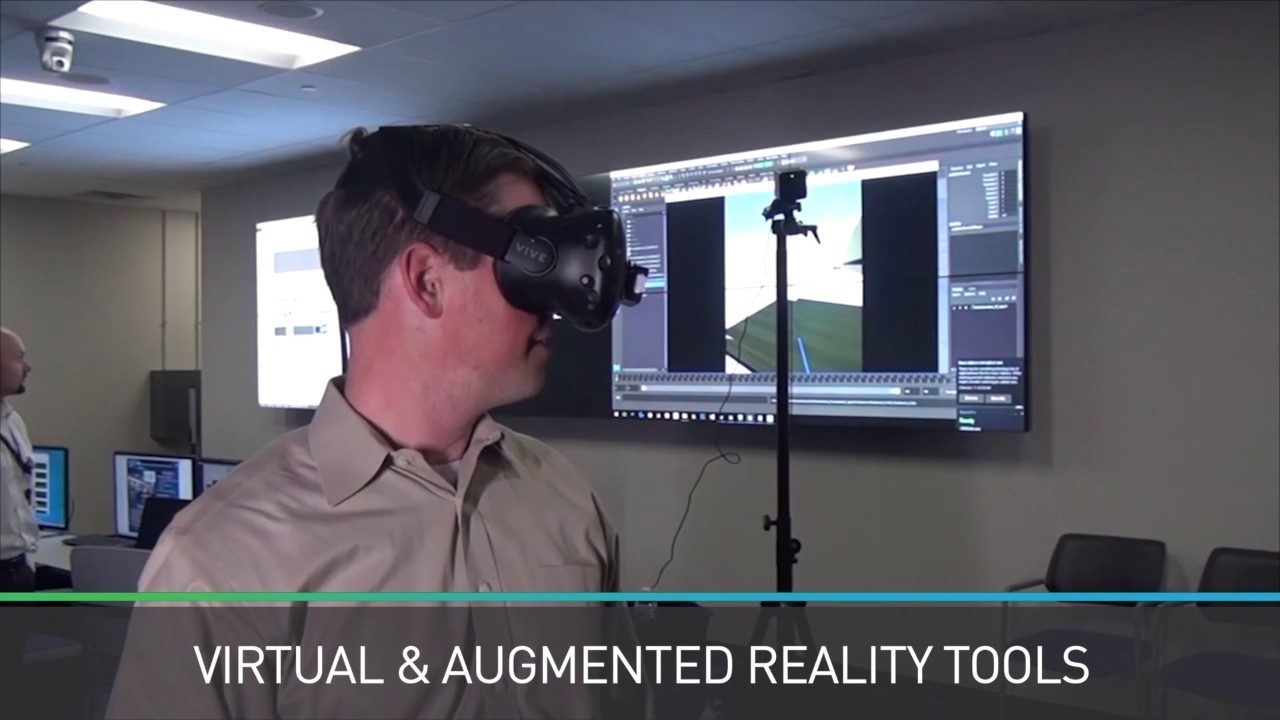The digital SiAW program will produce a survivable, lethal and high-speed weapon for current and fifth generation aircraft including the F-35 to attack ground targets.
Lockheed Martin Missiles and Fire Control’s SiAW design will leverage advanced digital engineering pioneered within Skunk Works®. The StarDrive approach is just one example of how Lockheed Martin is transforming every facet of the business. Applying new and emerging technologies to the way we design, build and sustain our products across the enterprise, will better equip the warfighter for success today and into the future.
Transformation Starts with People

Building digitally before we build physically allows us to analyze producibility in a virtual environment.
Lockheed Martin’s drive to shift our business into a new digital era begins with the talented people behind the strategy and technology of the work we do. As diverse as our products, our people bring the innovation, passion and knowledge to define what’s next.
Our people become an even stronger asset when coupled with our partnership with customers like the U.S. Air Force. For more than 20 years, Lockheed Martin Missiles and Fire Control has partnered with the Air Force to pioneer new capabilities for the warfighter in the combat air battlespace, while continuously evaluating how to improve and transform our engineering, development and sustainment processes.
“We are eager to continue our strong partnership with the Air Force to develop their new Stand-in Attack Weapon in a digitally-transformed environment from development to delivery,” said Jason Reynolds, Lockheed Martin Missiles and Fire Control Advanced Programs vice president. “We are committed to driving speed and agility with the Air Force to better equip stand-in platforms with the survivability necessary in the battlespace.”
Open, Agile and Digital: Prioritizing the Digital Trinity
Lockheed Martin’s MBE approach will provide, through customer collaboration, an integrated digital environment that spans the entire life cycle of a program. Together we will be able to start-up more rapidly, discover and fix anomalies earlier, improve overall affordability, and deliver and improve on our systems.
“Our customers need to be able to affordably obtain weapon systems quickly to keep up with the evolving threat environment,” said Reynolds. “By partnering with the Air Force on open system architecture, agile software and digital engineering, we’ll bring great speed to the weapons acquisition journey.”
Through standardized interfaces and development cycles, weapon systems can take on a modular design and further integrate with the U.S. Government’s Weapon Open Systems Architecture (WOSA). These model-based tools will leverage a single-source of truth to streamline communication and drive efficiency for data-centric decision making.
Lockheed Martin’s SiAW design leverages proven, highly survivable cruise missiles and matured technology, and incorporates WOSA capability improvements to keep pace with evolving threats–further enabling the stand-in warfighter to complete mission requirements.
A key enabler to our MBE is aligning software factories to the new acquisition model and requirements for rapid prototyping, real-time deployments and scalability to address customer priorities. Our software factories leverage people, processes and tools to turn ideas and requirements into high quality products.
The MBE environment also includes use of virtual and digital twins to facilitate rapid troubleshooting. These twins include a collection of digitally-linked models and the latest baselined data that enable dynamic sharing of information across the organization and with the customer–allowing real-time access to our integrated digital environment and facilitating a collaborative environment of innovation.
The Digital Journey Continues
Integrating externally or internally on the F-35, SiAW will add more multi-role mission capabilities to the most lethal and survivable aircraft in the world. (YouTube)
Next steps for SiAW? Continuing our digital transformation journey with the Air Force to produce this weapon system and integrate onto the F-35.
“Integrating SiAW on the F-35 will add more multi-role mission capabilities and bring new cohesive technologies to the sophisticated F-35 suite,” said Reynolds. “The addition of SiAW will further solidify the platform’s status as the most lethal and survivable aircraft in the world.”
With nearly 40 years of experience, weapon integration on the world’s leading fighter platforms is nothing new to Lockheed Martin. The digital environments and tools leveraged from Speed Racer allow transformation to address radically affordable mass delivery from next-generation aircraft and non-traditional platforms.
The SiAW acquisition schedule is described as a rapid prototype program with leave-behind assets to be delivered within 60 months.
To learn more about Lockheed Martin’s digital transformation efforts, visit our:




